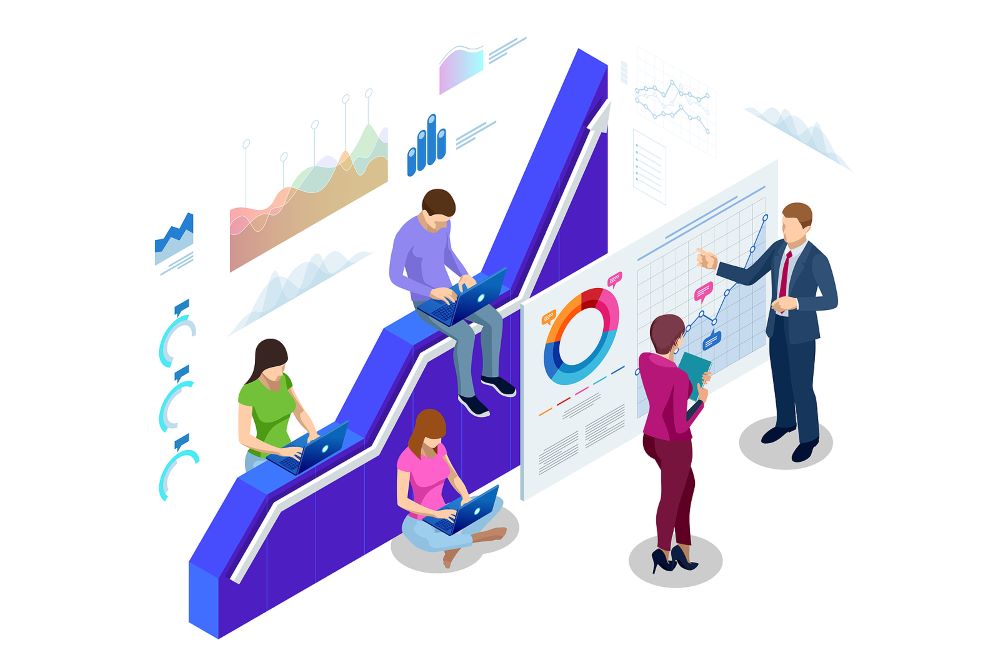With the ever-expanding legal technology ecosystem, using legal data to grow and transform the way law firms do business is no longer just for massive firms. Small and mid-sized law firms are increasingly taking advantage of legal data and easier access to data tools to gain a competitive edge.
This article will share how law firms can use legal data, and more specifically, litigation data, to change the way they approach business development and how they can gain competitive intelligence from law firm market share analysis.
What’s Already In Your Toolbox?
Pivoting to effectively utilizing data can be daunting to even the most technologically-savvy law firm. It can be difficult to identify what data is useful and what is just white noise.
Law firms provide services; the most essential piece of the service industry is the client list. You know your clients better than any other law firm — they are the most important part of your business. Your client roster isn’t just a networking tool. It’s a deep well of data to help grow your law firm’s business.
With the increasing availability of litigation data from Legal Data as a Service providers, you can easily gather data on years worth of litigation involving your clients, so you can get a sense of how much work you’re getting from any client at any given time.
Gathering litigation data on your clients lets you see what percentage of litigation work is being sent your way, and it can help you uncover new potential business opportunities. Do your clients have other types of cases you’d like to work on that you’re missing out on? What are your long-term litigation trends with your clients? What do your case volumes look like year-over-year, and what’s your total market share with your clients? Looking to expand your relationship? Litigation data can help you decide on the most logical next steps.
Litigation data isn’t just for BigLaw firms with hundreds of large clients. Small and mid-sized law firms can utilize litigation data to understand where to focus their legal marketing efforts to win more business from top clients or when to shift marketing efforts to new clients.
Know Your Competition
Litigation data provides more than just new business opportunities from existing clients. You can also comb litigation data on the top law firms in the jurisdictions, practice areas, and niche types of litigation you want to focus on to gain competitive intelligence. By taking advantage of Legal Data as a Service, you can quickly understand your competition and what’s happening in the larger legal services market.
First, gather a couple of years worth of prior litigation history for one of your top competing law firms, so you can take a deep dive into their firm’s business operations and answer some important questions. Who are their clients and how much of their business comes from each of those clients? Do you provide services to the same clients? How can you leverage your existing relationships with those clients to win more business? Look into their year-over-year litigation trends. Are there any standout success stories? Any profitable case types or other decisions they made that you can incorporate into your own practice?
Don’t just look at data on the top-performing law firms in your region or practice areas — look at who your clients are hiring other than you. If your clients are hiring other law firms to handle the same type of litigation you work on or want to work on, take a closer look at those firms as well. Who are their top clients and what are their most profitable practice areas? Can you change your legal marketing strategy to capture any of that market share?
Legal Data Works for Everyone
Using legal data for business development isn’t only for large, thousand-lawyer law firms anymore. Law firms of any size can use Legal Data as a Service to get the best return on every legal marketing dollar they spend with their clients.
But don’t stop at your own clients. Understanding the clients of competitor law firms can provide you with additional business opportunities, insights into your competition’s successes and shortcomings, and give you the data needed to benchmark your law firm against the competition. The best part — it’s never been easier to use legal data. What are you waiting for?








